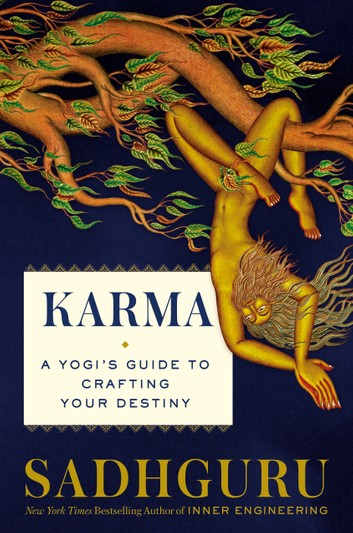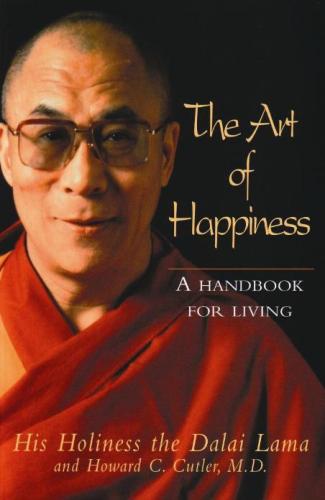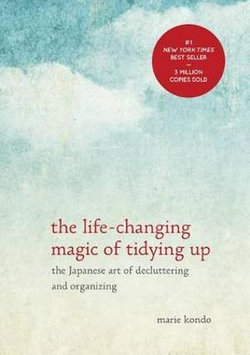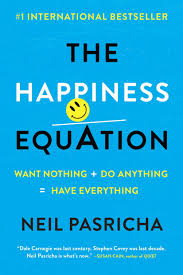Being Mortal
by Atul Gawande
- Spirituality
- Ashto =
- Jonesy =
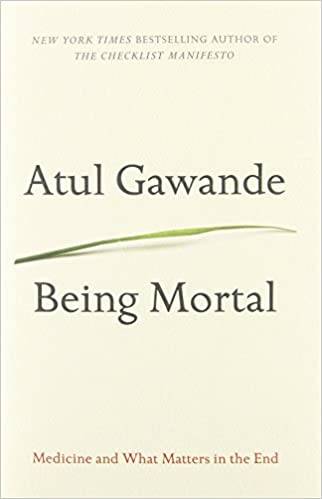
Being Mortal sheds light on something that we’ll all go through, but is often overlooked.
Doctors learnt a lot of things in medical school, but mortality isn’t one of them. The textbooks had almost nothing on aging, frailty or dying, how the process unfolds, how people experience the end of their lives and how it affects those around them seems beside the point. Yet within a few years of surgical training and practice, Atul (author of Being Mortal) realised how unready he was to help people dying:
One day he was treating Jospeh Lazaroff, a city administrator in his 60s, suffering incurable cancer. The cancer had spread to the spine, it was compressing his spinal cord. The cancer couldn’t be cured, but they hoped it could be treated. Emergency radiation failed to shrink the cancer, so the neurosurgeon offered two options: comfort care, or surgery to remove the growing mass of tumour from his spine. No matter what he did, he had at most a few months to live and the procedure was inherently dangerous. It required opening his chest, removing a rib, and collapsing a lung to get at his spine. Blood loss would be high and recovery would be difficult. In the weakened state he faced considerable risks of debilitating complications afterwards.
Lying in his bed, Lazaroff looked grey and the time had come to get his consent for surgery, which required confirming he was aware of the risks. He was told of the serious complications, paralysis and stroke and that it could be fatal. His son questioned whether the heroic measures were a good idea. But Lazaroff didn’t like that at all: “don’t you give up on me. You give me every chance I’ve got”. He was adamant about “doing everything”.
Atul believes that Mr Lazaroff had chosen badly. Not because of all the dangers, but because the operation didn’t stand a chance of giving him what he really wanted: his continence, strength, the life he had previously known. He was pursuing little more than fantasy at the risk of a prolonged and terrible death – which was precisely what he got.
The operation was a technical success. Over 8.5 hours, the tumour was taken from the spine. But he never recovered from the procedure. In intensive care he developed respiratory failure, a systemic infection, blood clots. Every day he felt further left behind. Finally he had to admit he was dying. His oncologists, radiation therapists, surgeons and other doctors had all seen him through months of treatments for a problem that they knew could not be cured. They couldn’t bring themselves to discuss the larger truth about his condition, or the ultimate limitations of their capabilities. If he was pursuing a delusion, so were the doctors, they all knew the chances of making his old life were zero.
Being Mortal looks at a study that asked doctors of almost 500 ill patients to estimate how long they thought their patient would survive. It found that doctors 63% over estimated their survival time and the average estimate was 530% too high. More than 40% of oncologists admit to offering treatments that they believe are unlikely to work. In the relationship that is increasingly on retail terms – “the customer is always right”. Doctors are hesitant to trample on patient’s expectations.
There is almost always a long tail of possibility, however thin. What’s wrong with looking at it? Nothing, unless you haven’t prepared for the outcome that is much more probable. The trouble is that we’ve built the medical system around the long tail. We’ve created a multitrillion-dollar edifice for dispensing the equivalent of lottery tickets. Being Mortal questions this.
This is a modern tragedy played a million times over. We don’t know how much longer we have when we are sick, but we imagine we have more time than we do. Our every impulse is to fight, to die with chemo in our veins or a tube in our throats or fresh sutures in our flesh. The fact that we may be shortening or worsening the time we have left hardly seems to register.
Letting Go
As people’s capacities wane, whether through age or ill health, making their lives better often requires curbing purely medical imperatives. Resisting the urge to fix and control. But when should we try and fix and when should we not?
Medicine in the final months is expensive: The issue has gotten attention in recent years for reasons of expense. The soaring cost of health care has become the greatest threat to the long term solvency of most advanced nations, and the incurable account for a lot of it. In the US, 25% of Medicare spending is on the 5% of patients who are in their final year of life. And most of the money goes for care in their last couple of months that is of little benefit.
Medicine reduces quality of the final months for the patient and patient’s family: In 2008 a national Coping with Cancer project published a study showing that terminally ill cancer patients who were put on a mechanical ventilator, given electric defibrillation or chest compressions, or admitted near death to intensive care, had a substantially worse quality of life in their last week than those who didn’t receive those interventions. And 6 months after their death their caregivers were 3 times as likely to suffer major depression
People with serious illness have priorities besides prolonging their lives: Surveys find that their top concerns include avoiding suffering, strengthening relationships with family and friends, being mentally aware and not being a burden on others. Being Mortal exposes that our system of technological medical care has utterly failed to meet these standards, the cost is far more than dollars
Hospice
Being Mortal shows that the difference between medical care and hospice is not the difference between treating and doing nothing: it is in priorities. For ordinary medicine, the goal is to extend life. You’ll sacrifice quality of your existence now, by performing surgery, providing chemo, putting you in intensive care – for the chance of gaining time later.
Hospice deploys nurses, doctors chaplains, and social workers to help people with a fatal illness have the fullest possible life right now . Hospice is not an easy choice for a person to make.
A 2010 study had startling findings: they looked at 151 patients with stage 4 cancer. Half received usual oncology care the other half received oncology with visits to palliative care. These are specialists in preventing and relieving the suffering of patients. The ones in the study discussed with the patients their goals and priorities for if and when their condition worsened.
The result: Those who saw a palliative care specialist stopped chemotherapy sooner, entered hospice far earlier, experienced less suffering at the end of their lives and they lived 25% longer. In other words our decision making in medicine has failed so spectacularly that we are actually inflicting harm on patients rather than confronting the subject of their mortality.
Buy the book here:
Download our top 50:




